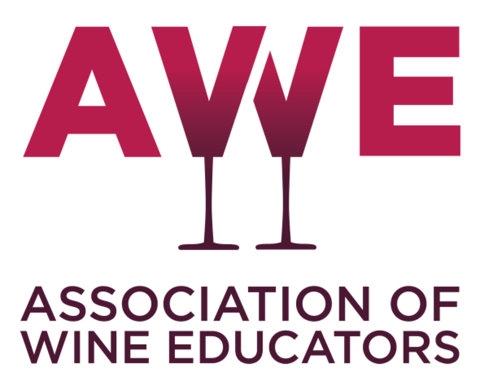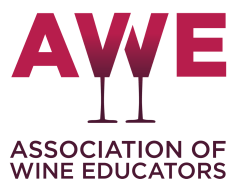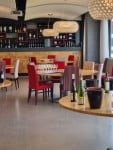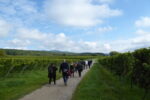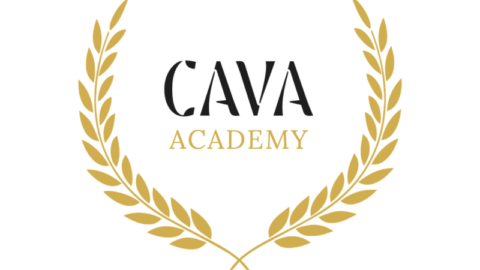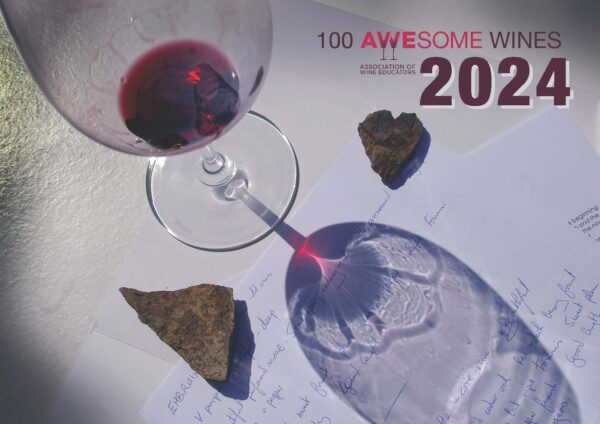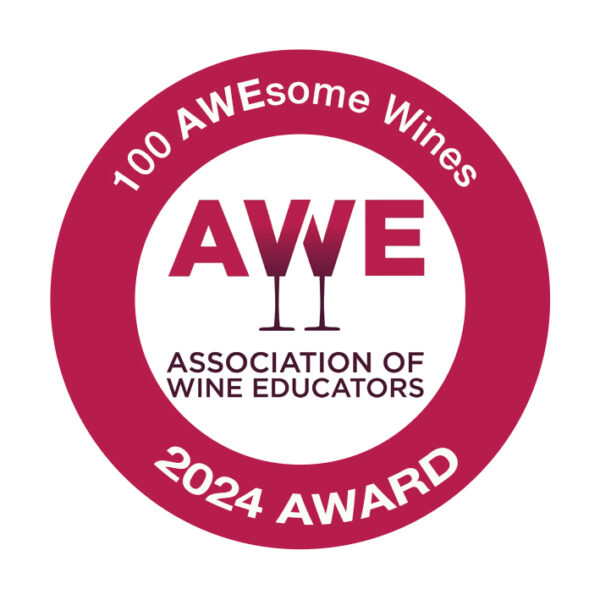Given the French love of place it was inevitable that smaller, sub-regions should gradually be distinguished within the sprawling appellation of Touraine. Some of these seem to represent little more than local pride, but Chenonceaux represents something special.
It is the best wine of the Cher Valley, made on the best sites, on both banks, with the best soils, most of which are literally in sight of the river. The sites are all on slopes, the soils are marked by a high level of flinty stone, with clay and limestone.
The excellence of site clearly gives the wines potential, but the winemaking also sets them apart. White wines, roughly 60% of the production, made from Sauvignon (in practice Sauvignon Blanc) may not be bottled until the 30th April following the harvest. Maturation on the fine lees, combined with a policy of picking relatively late harvest fruit gives them a character less like the Marlborough sur Loire – that typifies so much AOP Touraine – and more like a western outpost of (a rather good) Sancerre.
The reds celebrate the presence of Côt (Malbec) in this part of the Loire since, they argue, at least the sixteenth century. It must form at least 50% of a blend with Cabernet Franc and may not be bottled until 31st August following the harvest. The emphasis is strongly on fruit – unadorned by oak. Yields are restricted too: 60hl/ha for the wines, 55 hl/ha for the reds.
The first release was in 2011 from 18 producers on 20 ha of land. This has now risen to 30 producers with over twice the vineyard area. It is but a drop in the Touraine ocean
Clearly one of the main factors in the decision to make Touraine Chenoneaux or not is economic. In return for extra aging and lower yields, growers have adopted a distinctive, heavier, more conical bottle and submit their wine to a tasting panel before it may be sold as Touraine Chenonceaux. All this adds up to a 50% or 60% premium on the price of AOP Touraine.
Sales in local restaurants are essential, and the growers say, booming. The relatively small quantities and higher prices mean that sales more widely, including export, will be predominantly through specialist retailers and a few high-end restaurants, where the story of the wine may be told. The growers would like to see Chenonceaux become an appellation in its own right. It will be interesting to see how this affects markets and prices should this be granted.
We tasted wines from four growers: Jacky Marteau, Domaine des Echardières, Domaine de la Rochette and Vignoble Dinocheau. What struck me most was the consistency of style and of quality. Across three vintages 2014, 15 and 16, the wines showed real aromatic intensity, combined with a creamy, leesy complexity. The relatively high acid levels underpin a structure in which fruit flavours, though often citrusy, are quite ripe. One taster got a little carried away and once noticed an aroma of angelica, which just shows that there’s a lot going on in these exciting and rewarding wines.
On a wider stage of wine sales the whites are undoubtedly more commercially attractive than the reds, but the reds, often with as much as 60% Côt are extremely attractive in a juicy, deep-coloured way, with a finely-judged, fruit-acid-tannin balance. At least one grower uses micro-oxygenation during the winemaking process to help round out the tannins and maintain a brightness of fruit. I’d be a little nervous about trying to sell them to a public attuned to Mendoza Malbec, or even Cahors, but they are certainly delicious in a more nervy, sappy way.
My overall impression in what was sadly far too short a visit (we imposed a very tight schedule with a Channel crossing later in the day) is that the growers of Touraine Chenonceaux have achieved a great deal in a short time and succeeded, truly, in putting their wines on the map. It will be fascinating to see how they develop over the next ten years and if the commercial bravery of the pioneers persuades others to join them. Their challenge as the appellation grows will be to maintain their very high standards – and prices. I wouldn’t like to be on that tasting panel that has to say ‘no’ to wines that don’t cut the mustard.
On behalf of the AWE I want to thank the great kindness of the growers who turned out to greet us and to share their wines with us, with such generosity and enthusiasm
